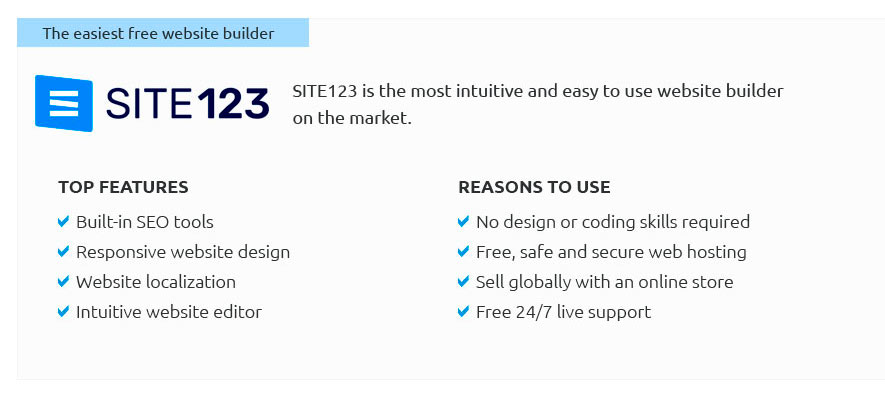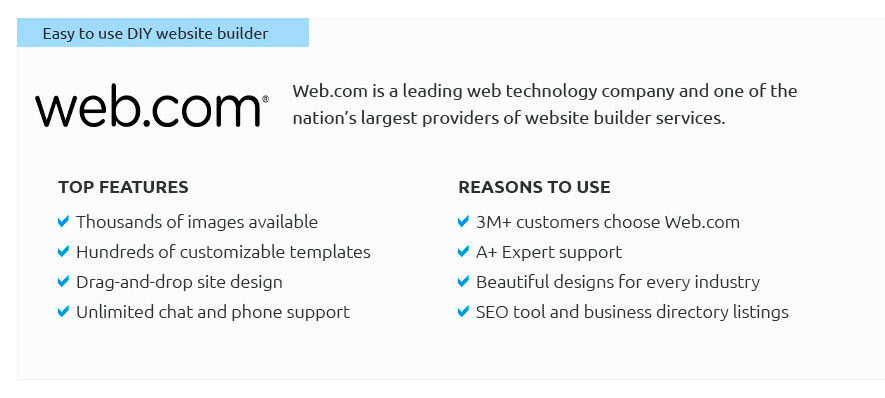 |
 |
 |
 |
|
 |
 |
 |
|
 |
|
 |
 |
|
 |
|
 |
|
 |
 |
Top Construction Website Designs: Crafting the Blueprint for Digital SuccessIn the modern era, where digital presence equates to brand identity, the design of a construction website serves as the bedrock upon which potential clients build their first impressions. As we delve into the intricacies of top construction website designs, it becomes apparent that the key lies not merely in aesthetic appeal, but in a harmonious blend of functionality, user experience, and strategic content placement. To navigate the labyrinth of digital design, one must first understand the importance of a responsive layout. A responsive website automatically adjusts its layout to fit the screen size of the device being used, ensuring that whether on a desktop, tablet, or smartphone, the user experience remains seamless and intuitive. This adaptability is crucial in an age where mobile browsing has become ubiquitous. Visual hierarchy plays a pivotal role in guiding visitors through the website. By strategically arranging elements such as text, images, and buttons, designers can direct the viewer's attention to the most critical sections. For instance, employing a larger, bold font for headers or using contrasting colors can make important information stand out. It’s subtle, yet profoundly effective in retaining visitor engagement. The use of high-quality imagery cannot be overstated. Given the nature of construction, showcasing completed projects through crisp, high-resolution images provides tangible proof of capability and craftsmanship. A picture is worth a thousand words, they say, and in this context, it serves to build trust and inspire confidence.
Moreover, the importance of SEO optimization cannot be ignored. A beautifully designed website is of little use if it doesn’t reach its intended audience. Implementing effective SEO strategies ensures higher visibility on search engine results pages, driving more organic traffic to the site. Ultimately, the success of a construction website design hinges on its ability to balance visual appeal with functional excellence. It’s about creating a digital space that not only attracts but also retains visitors, turning casual browsers into potential clients. In the ever-competitive construction industry, having a well-designed website can be the deciding factor between landing a contract and being overlooked. As companies strive to carve out their niche in the digital landscape, investing in top-notch website design emerges not just as a smart business move, but as an essential strategy for long-term success. https://fireart.studio/blog/27-examples-of-construction-websites-with-fantastic-designs/
We've gathered a roundup of construction company website examples. Look at the design ideas here, the visuals they use, site structures, trust elements, and ... https://99designs.com/inspiration/websites/construction
Looking for construction company web design? We've collected the best examples of construction websites, web design concepts and ideas from the 99designs ... https://10web.io/blog/construction-websites/
JDG Constructions specializes in custom home building and renovations in the Coffs Harbour area. Their website boasts a portfolio of impressive ...
|